- Kenya
- Things to do in Nairobi
- Kibera
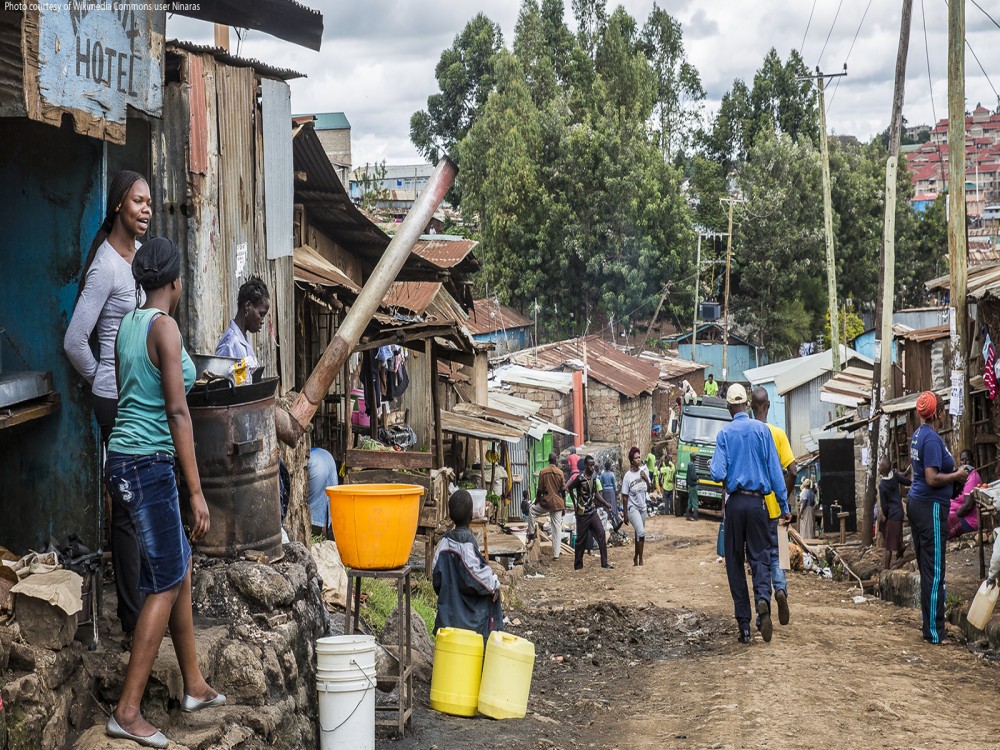
Kibera
Kibera, often cited as Africa’s largest urban informal settlement, is a dynamic community located just a few kilometers from Nairobi’s city center. Despite its challenges, Kibera is a hub of resilience, creativity, and entrepreneurial spirit. Visitors have the opportunity to engage with community-led projects, explore local art and crafts, and gain insights into daily life in this vibrant neighborhood. Guided tours, conducted by local residents, offer an authentic and respectful way to experience Kibera while supporting the community.
Kibera Tours & Excursions
The Basics
Kibera is not a traditional tourist attraction but an active, living community. Visitors can explore the area through organized tours, which typically last 2-3 hours and cost between $20 and $50, depending on the group size and activities included. Tours often highlight local initiatives like schools, women’s cooperatives, and health centers, and some include stops at artisan workshops or small businesses.
Things to Know Before You Go
Dress modestly and comfortably, with sturdy shoes suitable for walking. Respect local customs, and always ask for permission before taking photographs. Tours are best arranged through reputable operators or organizations based in Kibera to ensure a safe and meaningful experience. Carry a small amount of cash for purchasing local crafts or making donations, and avoid bringing valuables.
How to Get There
Kibera is about 5 kilometers southwest of Nairobi’s city center, accessible by taxi or ride-hailing services. Some tour operators provide transport as part of their package. While public transport is available, first-time visitors are advised to opt for organized tours for safety and convenience.
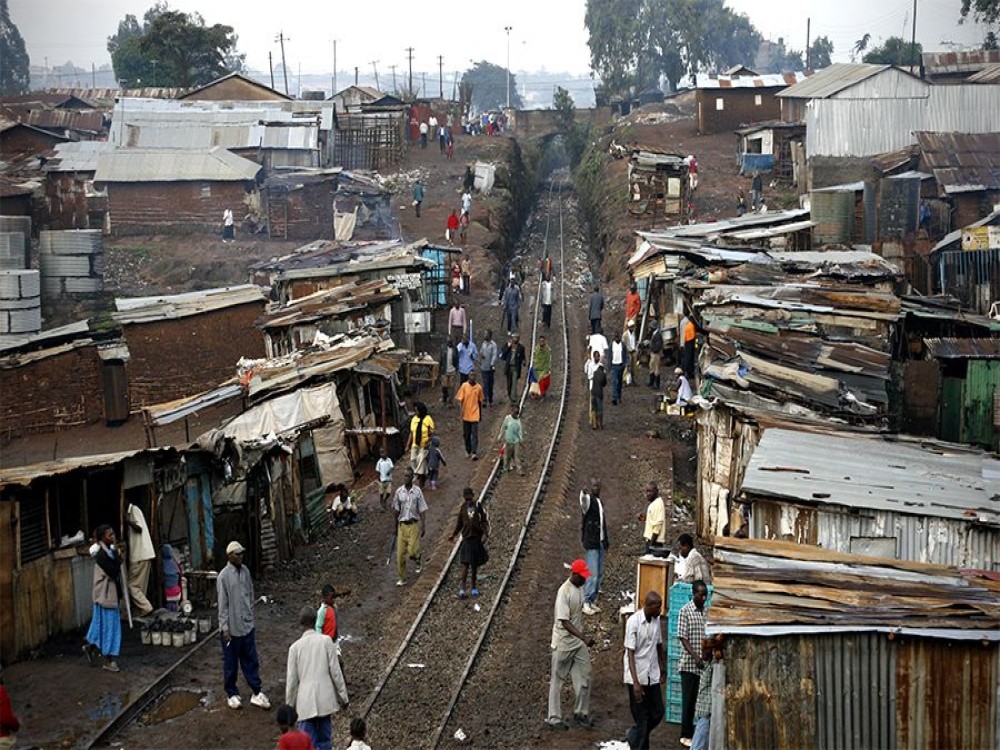
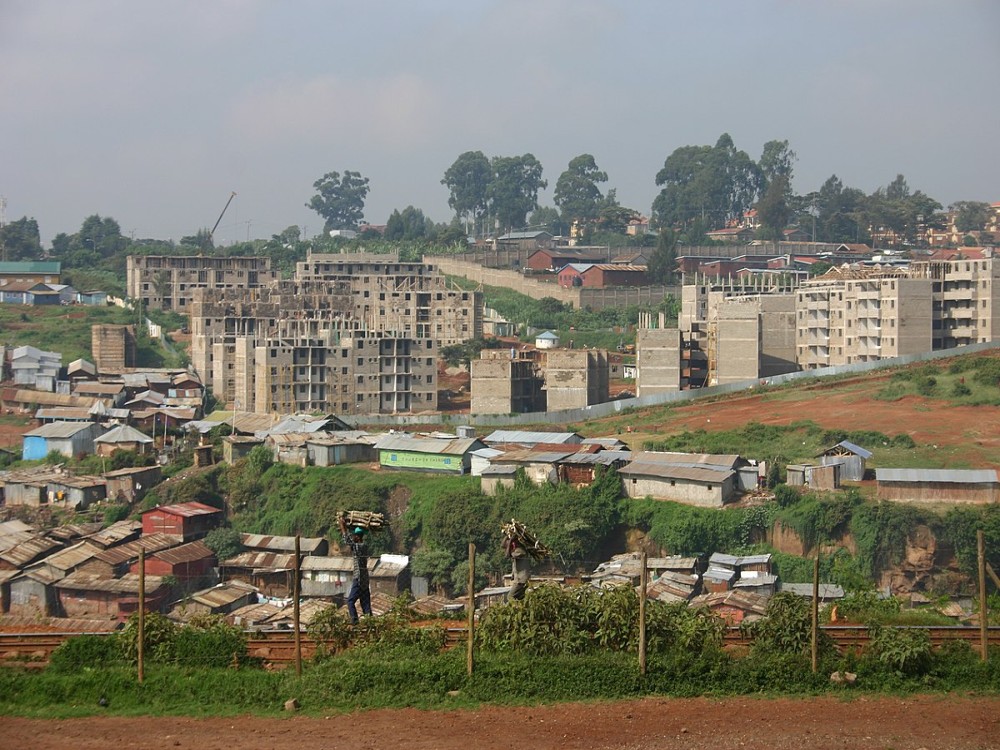
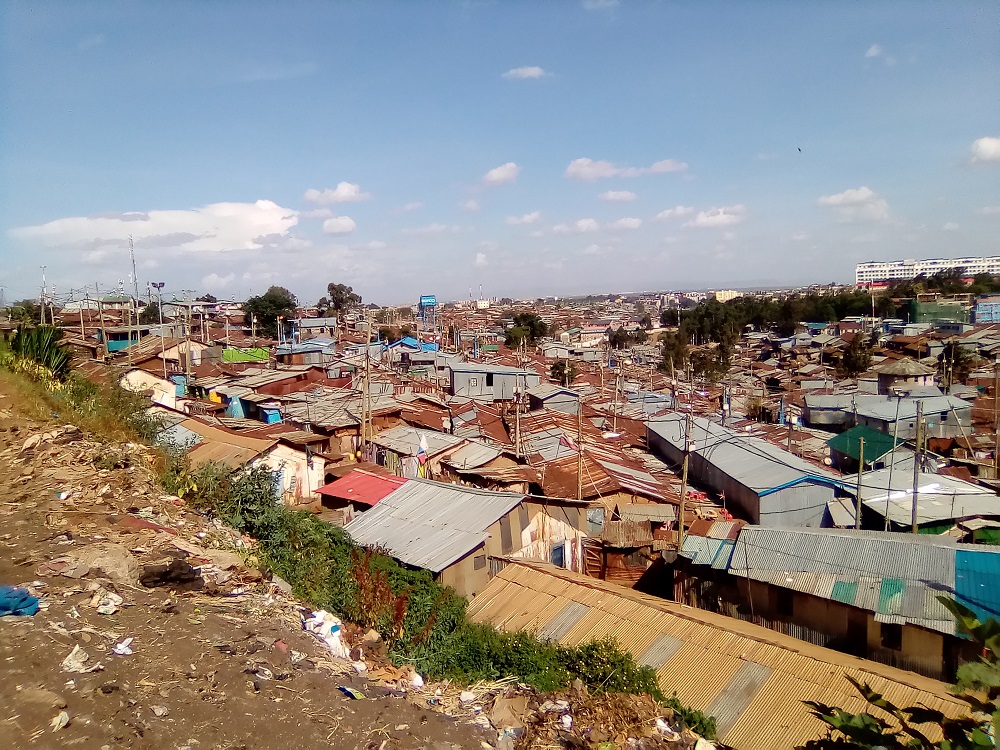


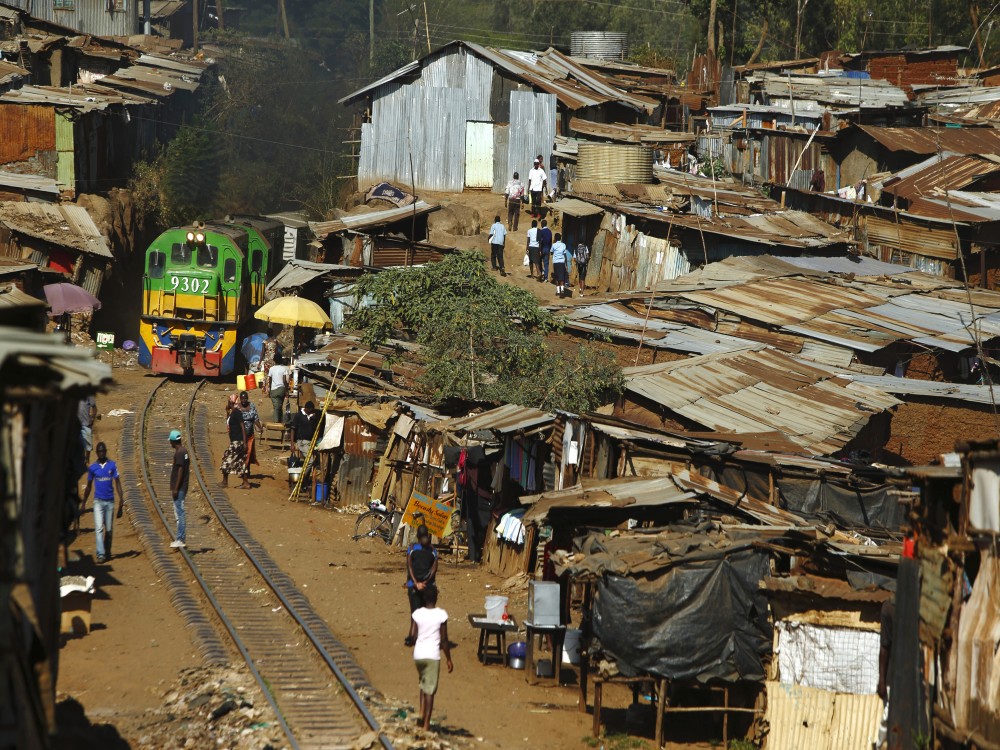
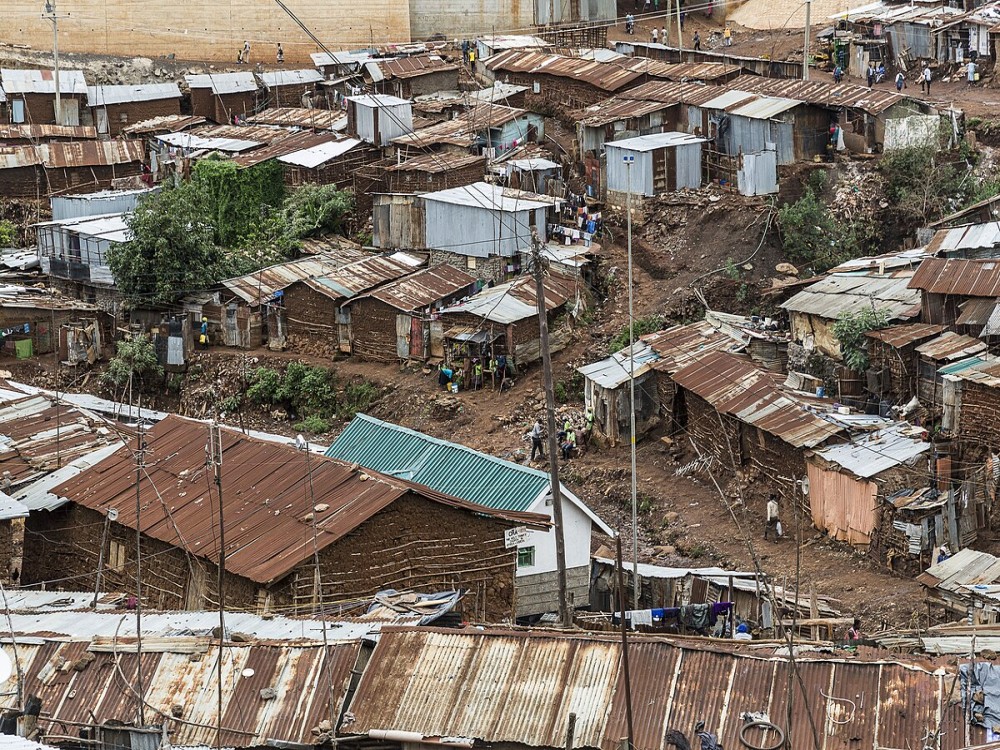
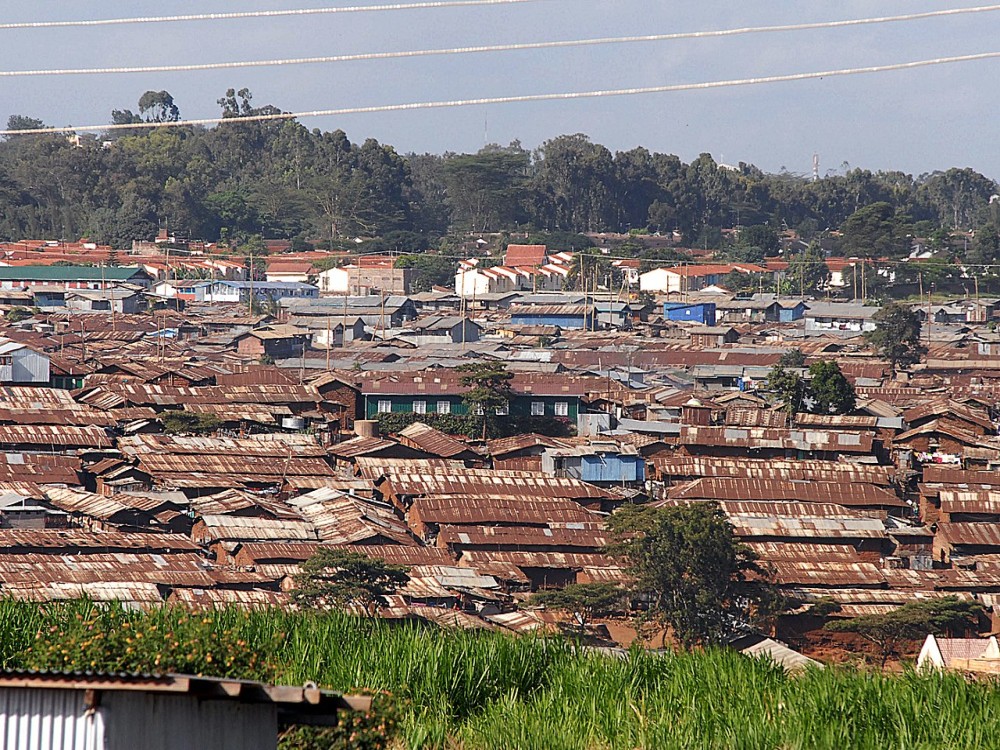
When to Get There
Morning and early afternoon visits are recommended for safety and to allow ample daylight for exploring. Tours are available year-round, but during the rainy season (March-May, October-November), muddy conditions may affect accessibility.
Day Trips from Nairobi
Kibera tours can be included as part of a broader exploration of Nairobi, combined with visits to other cultural or historical sites like the National Museum or Bomas of Kenya. Many tours emphasize sustainable tourism, ensuring that proceeds directly benefit local residents and development projects.
Copyright © 2025 All Rights Reserved


